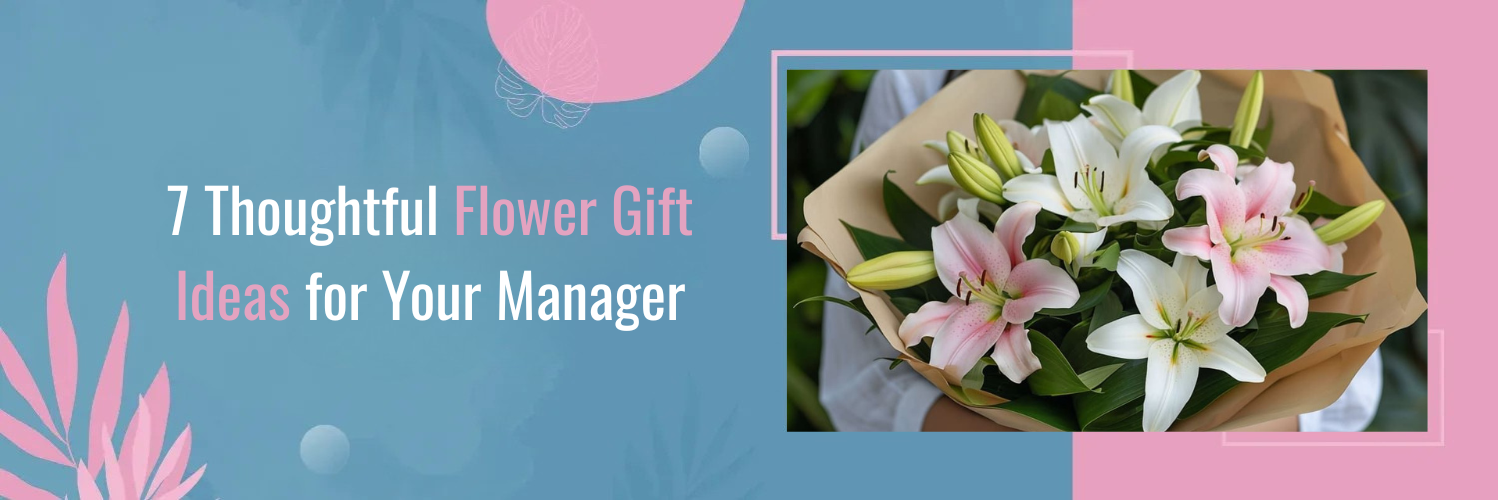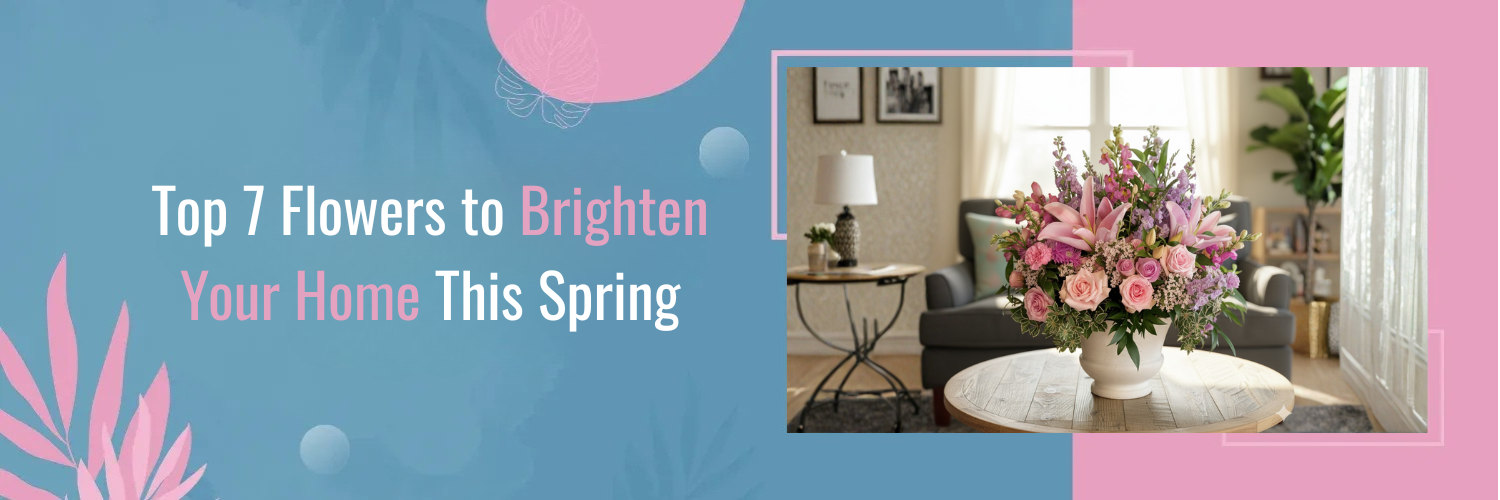Succulent Floral Arrangements
Succulents have gained immense popularity in the world of floral design and for good reason. These resilient plants come in various colours, sizes, and textures, making them perfect for adding a touch of nature’s beauty to any setting. Succulent floral arrangements offer an artistic and natural aesthetic that is both long-lasting and low-maintenance.
The purpose of this blog post is to provide you with a comprehensive guide to creating stunning succulent floral arrangements. Whether you want to adorn your home, brighten up an event, or even explore the world of floral entrepreneurship, this guide will equip you with the knowledge and skills to bring your succulent floral visions to life.
Getting Started with Succulent Floral Arrangements
Gather Your Materials
Before diving into the world of succulent floral arrangements, it’s essential to ensure you have all the necessary materials and tools at your disposal. Here’s a detailed list of what you’ll need to get started:
Materials:
1. Succulent Plants of Your Choice
Start by selecting a variety of succulent plants that appeal to your aesthetic preferences. Consider a mix of colours, sizes, and textures to create an eye-catching arrangement. Some popular succulents for arrangements include Echeveria, Sedum, Crassula, and Sempervivum.
2. A Suitable Container or Vase
The container you choose plays a significant role in the overall look of your arrangement. It should have drainage holes to prevent water from pooling at the bottom. Containers come in various shapes, sizes, and materials, so pick one that complements your style and the succulents you’ve chosen.
3. Well-Draining Potting Soil
Succulents require well-draining soil to prevent root rot. You can purchase a specialized succulent potting mix or create your own by mixing regular potting soil with perlite or pumice in a 1:1 ratio. The goal is to ensure that excess water can easily drain away from the roots.
4. Decorative Elements (Optional)
To enhance the visual appeal of your succulent arrangement, consider adding decorative elements such as decorative rocks, pebbles, or sand. These can be placed on the soil to add texture and contrast.
5. Complementary Flowers (Optional)
If you wish to introduce a pop of colour to your succulent arrangement, select complementary flowers that work well with succulents. Common choices include daisies, lavender, or baby’s breath. These flowers can be integrated into the arrangement for a delightful contrast.
Tools
1. Pruning Shears or Scissors
Pruning shears or sharp scissors are essential for trimming and shaping your succulents as needed. They allow you to remove any damaged or overgrown parts of the plants and maintain the arrangement’s appearance.
2. Gardening Gloves (Optional)
While not mandatory, gardening gloves can protect your hands from prickly succulent spines and keep your hands clean during planting.
3. Watering Can or Spray Bottle
A watering can with a fine spout or a spray bottle is useful for watering your succulents without causing soil disturbance. Succulents prefer gentle, controlled watering to avoid overwatering.
4. Small Shovel or Trowel
A small shovel or trowel can be handy for adding soil to the container, creating planting holes, and arranging the succulents precisely.
5. Pumice or Perlite (for Soil Mixture, if needed)
If your potting soil doesn’t provide adequate drainage, you can improve it by adding pumice or perlite. These materials promote better aeration and drainage in the soil, reducing the risk of root rot.
When it comes to sourcing your succulents and other floral elements, you can explore various options:
- Online Retailers: Many online retailers specialize in succulent plants and offer a wide selection. Ordering online allows you to access a variety of species and cultivars that may not be available locally.
- Garden Shows and Farmers’ Markets: These events often feature succulent vendors, providing an opportunity to discover unique and unusual succulents.
Choosing the Right Succulents
Selecting the right succulents is crucial to creating a visually appealing arrangement. Here’s how to make the right choices:
- Colours: Choose succulents with colours that complement each other and fit your desired theme or aesthetic.
- Sizes: Opt for a mix of small, medium, and large succulents to create balance and depth in your arrangement.
- Textures: Combine succulents with different textures, such as spiky, rosette-shaped, and trailing varieties, for added visual interest.
Creating Your Succulent Floral Arrangement
Selecting a Container
Choosing the right container is a crucial step in creating a beautiful succulent floral arrangement. Consider the following options:
- Terrariums: Glass terrariums are trendy and offer a unique way to showcase your succulents.
- Clay Pots: Traditional clay pots provide a rustic and natural look.
- Upcycled Containers: Get creative by repurposing old teacups, wooden crates, or other containers for a unique touch.
Ensure that your chosen container has drainage holes to prevent overwatering and root rot. If it doesn’t have holes, you can drill them or create a drainage layer using pebbles.
Preparing the Soil and Drainage
Succulents thrive in well-draining soil, so preparing the right soil mixture is essential. Here’s how to do it:
- Choose a well-draining soil mix: You can either buy a commercial succulent mix or create your own by mixing potting soil with perlite or pumice (1:1 ratio).
- Add a drainage layer: Place a layer of small rocks or gravel at the bottom of your container to enhance drainage.
- Fill the container: Add the prepared soil mix into your container, leaving enough space for your succulents.
Arranging the Succulents
Arranging succulents is where your creativity can shine. Follow these steps to create an aesthetically pleasing composition:
- Plan your design: Visualize how you want your arrangement to look and decide on the placement of each succulent.
- Plant the succulents: Gently remove each succulent from its pot and plant it in the soil, pressing it down firmly. Leave enough space between plants to allow for growth.
- Consider focal points: Place larger or more colourful succulents as focal points, and surround them with smaller varieties.
- Achieve balance: Ensure a balanced distribution of colours, sizes, and textures throughout the arrangement.
Adding Complementary Flowers and Decorative Elements
To elevate your succulent arrangement’s beauty, consider adding complementary flowers or decorative elements:
- Flowers: Choose flowers that complement the colours and style of your succulents. Options like daisies, lavender, or baby’s breath work well.
- Decorative elements: Enhance the arrangement with decorative rocks, sand, or moss to add texture and visual appeal.
Caring for Your Succulent Floral Arrangement
Once you’ve successfully created your beautiful succulent floral arrangement , proper care is essential to ensure its longevity and continued beauty. Follow these guidelines to keep your arrangement thriving:
Watering and Maintenance
1. Water Sparingly: Succulents are adapted to arid conditions and prefer to dry out between waterings. Overwatering is a common mistake that can lead to root rot. Ensure the soil is completely dry before you water your arrangement. Water at the base of the plants, avoiding getting water on the leaves, which can cause rot.
2. Use the “Soak and Dry” Method: To water your succulent arrangement effectively, give it a thorough soaking when you water. This means adding water until it begins to drain from the bottom of the container. Allow the soil to dry out completely before watering again, which may take a few weeks.
3. Monitor for Signs of Thirst: Pay attention to your succulents’ appearance. If the leaves start to appear shrivelled or wrinkled, it’s a sign that they need water. Healthy succulents have plump, firm leaves.
4. Adjust Watering Frequency: The frequency of watering will depend on factors such as temperature, humidity, and the type of succulents you’ve used. Be flexible with your watering schedule and adjust it as needed.
5. Choose the Right Container: Containers with proper drainage holes are crucial for preventing waterlogged soil. Excess water should flow out of the container, not accumulate at the bottom.
6. Pruning and Deadheading: Periodically trim or prune dead or overgrown parts of your succulents to maintain their appearance. Removing spent flowers (deadheading) can also encourage more blooms and a neat appearance.
7. Pest Control: Watch for common succulent pests such as mealybugs and aphids. If you notice any infestations, treat them promptly with organic insecticidal soap or neem oil.
Light and Placement
1. Provide Adequate Light: Succulents thrive in bright, indirect light. Indoors, place your arrangement near a sunny window with filtered light. Outdoors, ensure your arrangement receives partial sun or shade. Succulents can get sunburned if exposed to direct, intense sunlight for extended periods.
2. Rotate Your Arrangement: Succulents tend to grow toward the light source. To ensure balanced growth and an even appearance, rotate your arrangement every few weeks to ensure all sides receive adequate light.
3. Indoor vs. Outdoor Placement: Depending on the climate and season, you may need to adjust the placement of your succulent arrangement. In extreme temperatures, bring outdoor arrangements indoors to protect them from harsh conditions.
4. Monitor Temperature: Succulents are sensitive to extreme temperatures. Protect your arrangement from freezing temperatures, as this can damage the plants. Conversely, excessive heat can cause succulents to become stressed or wilt.
























